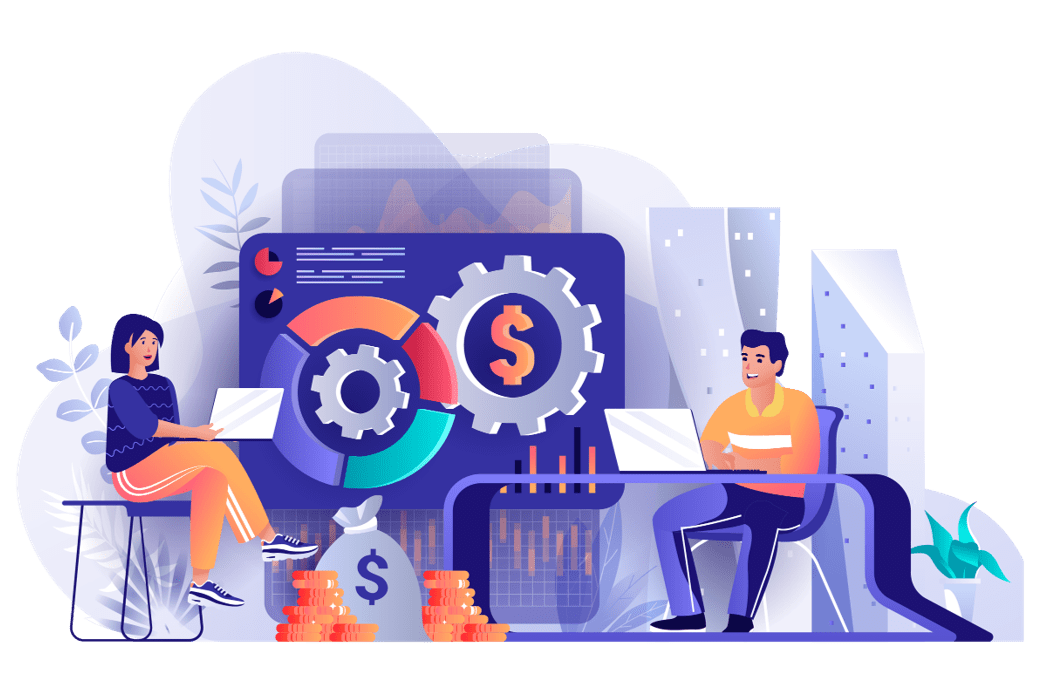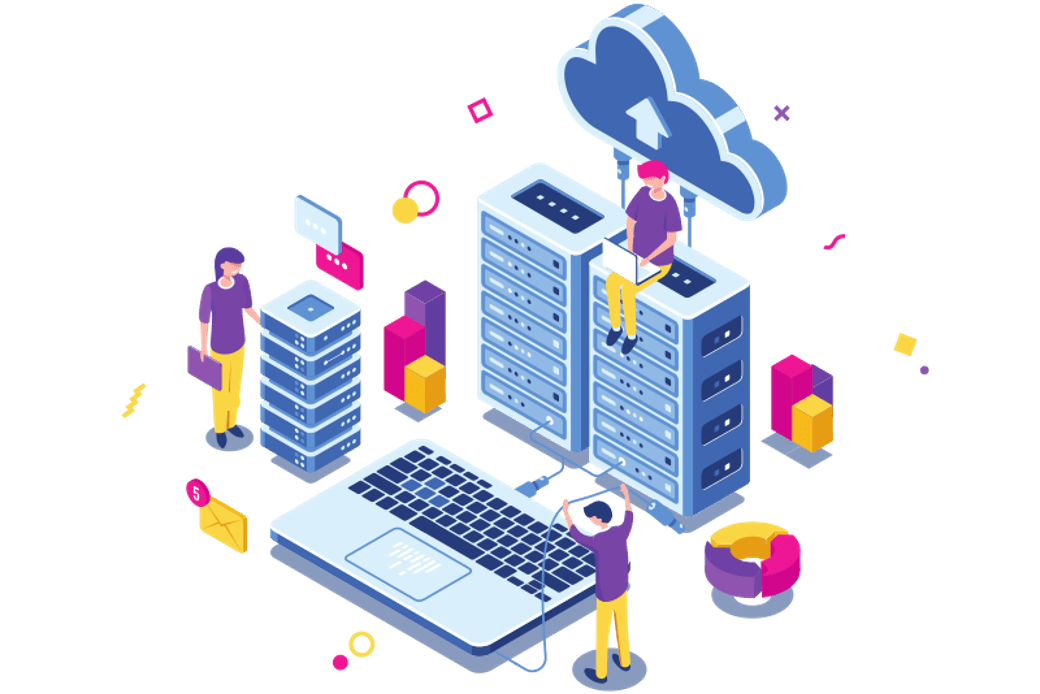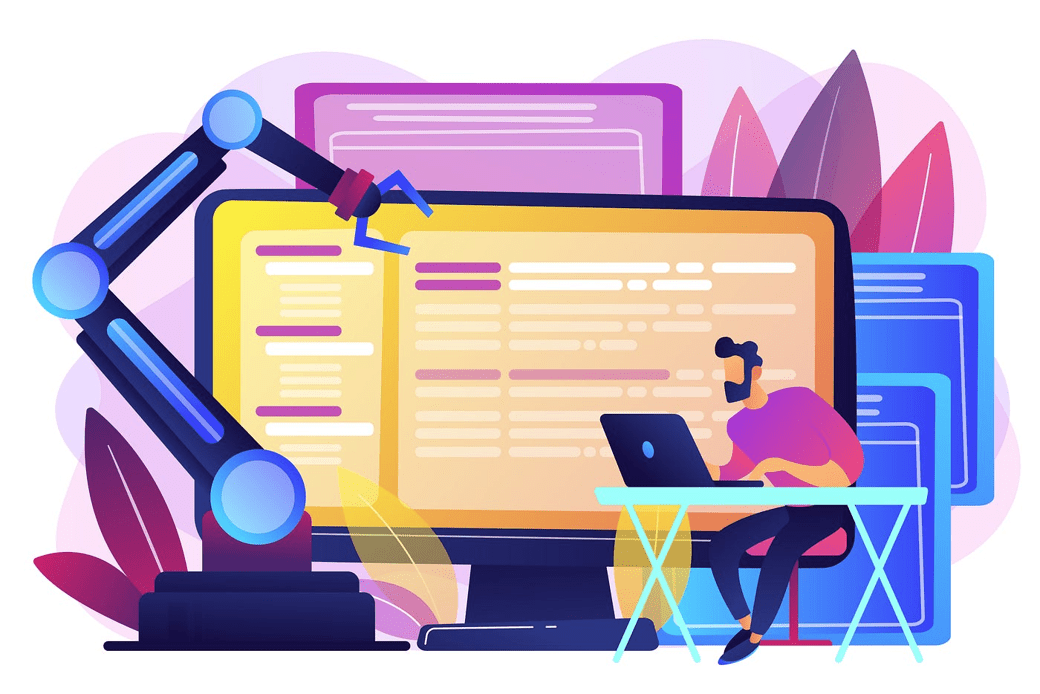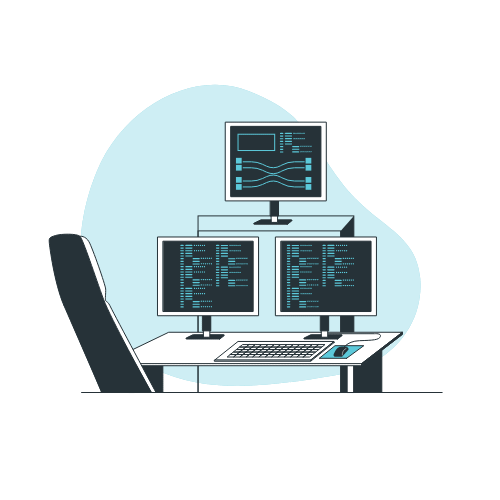Creating robust applications necessitates striking a delicate balance between innovative design and technical prowess. Beyond mere lines of code, it involves a deep understanding of user needs, market dynamics, and emerging technologies. This holistic approach mandates a blend of creativity and analytical thinking, urging developers not only to solve present issues but also to engineer solutions adaptable to future challenges. At EliteCoders, we champion this comprehensive perspective, acknowledging that enduring applications fuse vision with adaptability.
Fostering Collaboration and Continuous Feedback
A culture of collaboration and continuous feedback is foundational to robust software development. By engaging users in the design process and iterating based on their input, developers craft more intuitive and effective applications. This iterative approach, bolstered by agile methodologies, ensures software remains responsive to user needs and evolving market demands. EliteCoders advocates for this dynamic, user-centered ethos, recognizing that an application’s robustness is gauged not solely by its current performance but also by its sustained relevance and resilience in an ever-evolving digital sphere.
The Core Tenets of Robust Software
The journey towards robust application development commences with a firm grasp of its foundational elements. These include reliability, efficiency, maintainability, and scalability.
Strategic Planning and Design

The selection of architectural frameworks shapes both the immediate development trajectory and the long-term evolution of an application. Whether opting for microservices or a monolithic architecture, strategic decisions influence the team’s agility in responding to new requirements, scaling the application, and integrating emerging technologies. Architecture lays the groundwork for an application’s lifecycle, profoundly impacting its development pace and adaptability to change.
Embracing Design Patterns
Integrating established design patterns like Model-View-Controller (MVC) and Repository aids in structuring resilient and adaptable applications. These patterns facilitate the separation of concerns, enhancing the codebase’s manageability and extensibility.
Key Technologies and Tools
The selection of appropriate technologies and tools plays a pivotal role in building robust applications. This entails choosing programming languages, frameworks, and development environments that align with project requirements and objectives.
Efficient Coding Practices and Security Measures
Emphasizing clean, efficient coding practices and prioritizing security from the outset is crucial for software robustness. Regular code reviews, adherence to coding standards, and robust security measures safeguard both users and data.
Testing and Performance Optimization
A rigorous testing strategy, encompassing unit tests, integration tests, and performance tests, is imperative for ensuring application reliability and efficiency. Techniques like load balancing and efficient database management enhance scalability and performance.
Leveraging Cloud Technologies
Cloud services offer scalable infrastructure, advanced security features, and high availability, enhancing an application’s robustness.
Monitoring and Continuous Improvement
Ongoing monitoring and proactive maintenance are indispensable for sustaining application robustness. Real-time insights into application performance and user behavior facilitate continuous improvement.
Advanced Strategies for Robust Applications

Microservices Architecture
Adopting a microservices architecture enhances flexibility and scalability by breaking down applications into smaller, independently deployable services.
DevOps Integration
Integrating DevOps practices fosters collaboration and efficiency, leading to quicker iterations and more reliable releases.
AI and Machine Learning Integration
AI and machine learning algorithms improve application robustness by predicting user behavior and automating tasks.
Prioritizing the User Experience
A superior user experience drives engagement and retention, underpinning application robustness.
Continuous Learning and Innovation
Adapting to new technologies and fostering a culture of innovation ensures applications remain robust in a rapidly evolving landscape.
The Transformative Impact of Cloud Technologies
Cloud technologies offer unmatched flexibility, scalability, and security, bolstering application robustness.
The Path Forward
Building robust applications demands a holistic approach encompassing architectural principles, security, user experience, and ongoing learning. By embracing advanced strategies and prioritizing user needs, developers ensure their applications stand the test of time.
Conclusion
Creating robust applications transcends technical proficiency; it requires a holistic approach grounded in continuous innovation and user-centric design. At EliteCoders, we believe that by adhering to these principles, developers can anticipate future challenges and build applications that endure.




